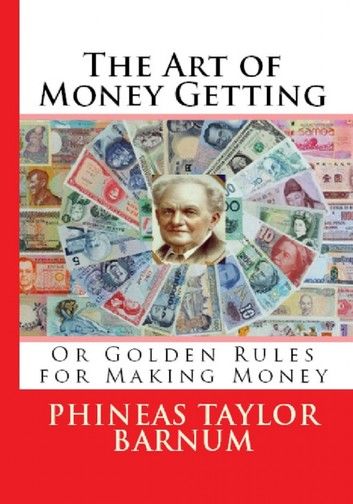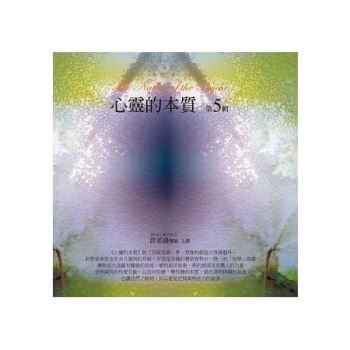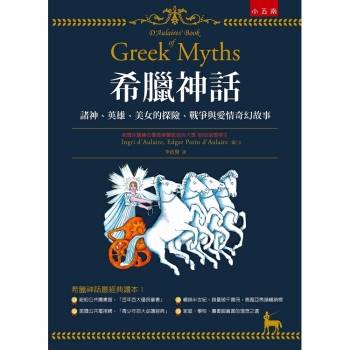| FindBook |
有 1 項符合
The Art of Money Getting的圖書 |
 |
The Art of Money Getting 作者:Phineas Taylor Barnum 出版社:LeoPard Books 出版日期:2018-07-06 語言:英文 |
| 圖書館借閱 |
| 國家圖書館 | 全國圖書書目資訊網 | 國立公共資訊圖書館 | 電子書服務平台 | MetaCat 跨館整合查詢 |
| 臺北市立圖書館 | 新北市立圖書館 | 基隆市公共圖書館 | 桃園市立圖書館 | 新竹縣公共圖書館 |
| 苗栗縣立圖書館 | 臺中市立圖書館 | 彰化縣公共圖書館 | 南投縣文化局 | 雲林縣公共圖書館 |
| 嘉義縣圖書館 | 臺南市立圖書館 | 高雄市立圖書館 | 屏東縣公共圖書館 | 宜蘭縣公共圖書館 |
| 花蓮縣文化局 | 臺東縣文化處 |
|
|
Phineas Taylor Barnum (July 5, 1810 – April 7, 1891) was an American showman, businessman, scam artist and entertainer, remembered for promoting celebrated hoaxes and for founding the circus that became the Ringling Bros. and Barnum & Bailey Circus. Although Barnum was also an author, publisher, philanthropist, and for some time a politician, he said of himself, "I am a showman by profession… and all the gilding shall make nothing else of me," and his personal aims were "to put money in his own coffers."
Barnum is widely but erroneously credited with coining the phrase "There's a sucker born every minute." Barnum became a small-business owner in his early twenties, and founded a weekly newspaper, before moving to New York City in 1834. He embarked on an entertainment career, first with a variety troupe called "Barnum's Grand Scientific and Musical Theatre," and soon after by purchasing Scudder's American Museum, which he renamed after himself. Barnum used the museum as a platform to promote hoaxes and human curiosities. The circus business was the source of much of his enduring fame.
He established "P. T. Barnum's Grand Travelling Museum, Menagerie, Caravan & Hippodrome," a travelling circus, menagerie and museum of "freaks," which adopted many names over the years. Barnum wrote several books, including Life of P.T. Barnum (1854), The Humbugs of the World (1865), Struggles and Triumphs (1869), and The Art of Money-Getting (1880).
One of Barnum's more successful methods of self-promotion was mass publication of his autobiography. Barnum eventually gave up his copyright to allow other printers to sell inexpensive editions. At the end of the 19th century the number of copies printed was second only to the New Testament in North America. (Source: Wikipedia)
|











